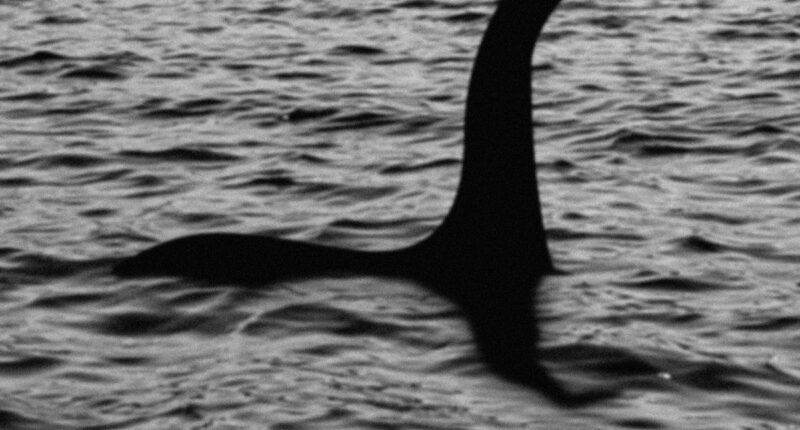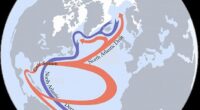THE theory that the Loch Ness Monster was simply a giant eel might be false, a new study has claimed.
The Scottish folklore tale says a “water beast” once roamed the freshwater lake in the Highlands, as far back as the sixth century.
The existence of a giant salamander-or whale-like creature in the loch was wildly popularised in the 1930s.
This was helped by the so-called “surgeon’s photograph”, a grainy, black and white image of what looks like a Brachiosaurus dinosaur wading through water – supposedly the first image of the beast.
The image is now known to have been a hoax.
But people have clung to the ancient belief that there really was a watery dino lurking within the quiet Loch Ness, in the Scottish Highlands.


Although the scientific community has largely explained alleged sightings of Nessie as hoaxing and wishful thinking, some seem to think the creature was an exceptionally large eel.
But in a study published in JMIRx Bio, scientist Floe Foxon said previous estimates of the monster’s size cast doubt onto the eel theory.
The animal is thought to have been more than one-metre in length, but the chances of encountering an eel of the same size in Loch Ness are approximately one in 50,000.
While the probability of finding even larger eels, is “virtually zero”, according to the new research.
Most read in Tech
The study used fishing catch data from Loch Ness and other freshwater lakes in Europe to predict the likelihood of observing eels as large as previous estimates of the monster’s size.
“In this new work from the Folk Zoology Society, a much-needed level of scientific rigour and data are brought to a topic that is otherwise as slippery as an eel,” Foxon said in a statement.
“Contrary to popular conception, the intersection between folklore and zoology is amenable to scientific analysis and has the potential to provide valuable insights into anthrozoological phenomena.
“This work also champions open access science and nontraditional publishing—the future of scientific publication.”
Best Phone and Gadget tips and hacks

Looking for tips and hacks for your phone? Want to find those secret features within social media apps? We have you covered…
We pay for your stories! Do you have a story for The Sun Online Tech & Science team? Email us at [email protected]











